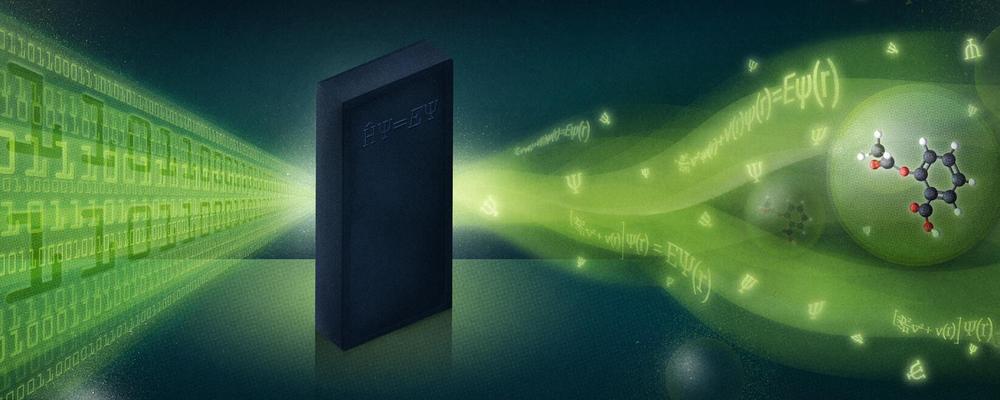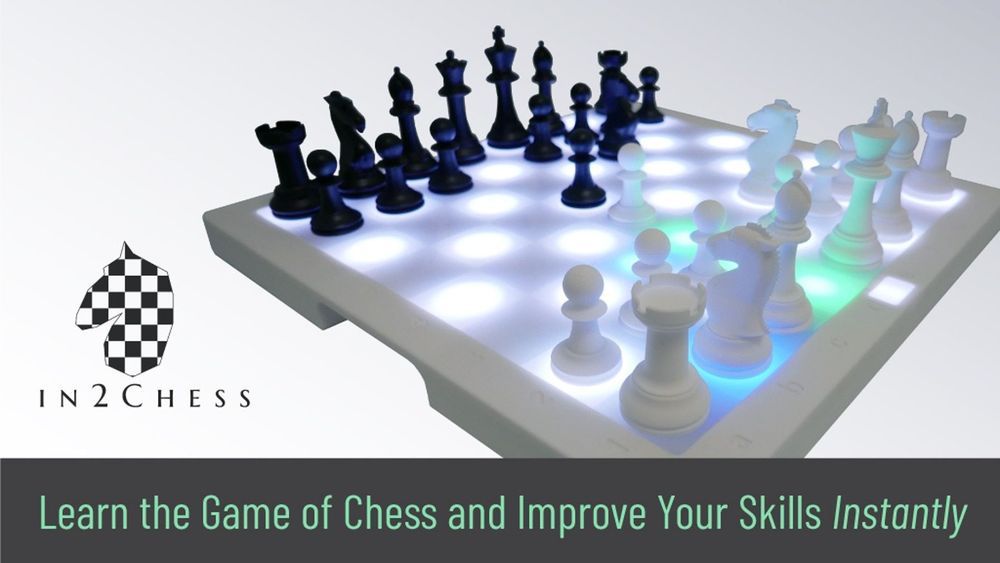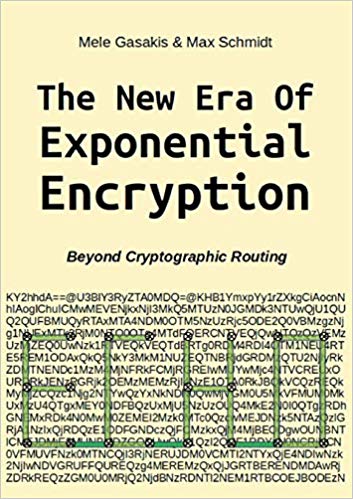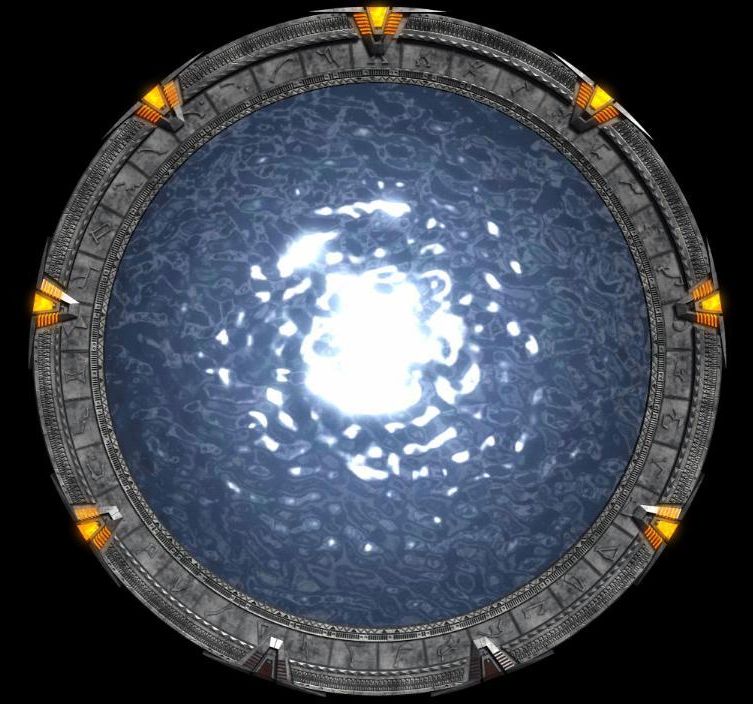The most remote location on Earth has many names: It’s called Point Nemo (Latin for ‘no one’) and the Oceanic Pole of Inaccessibility. Most precisely, its exact coordinates are 48 degrees 52.6 minutes south latitude and 123 degrees 23.6 minutes west longitude.
The spot is about 2,250 km (1,400 miles) from any spot of land — and the perfect place to dump dead or dying spacecraft, which is why it’s home to what NASA calls its “spacecraft cemetery.”
“It’s in the Pacific Ocean and is pretty much the farthest place from any human civilisation you can find,” NASA said.









